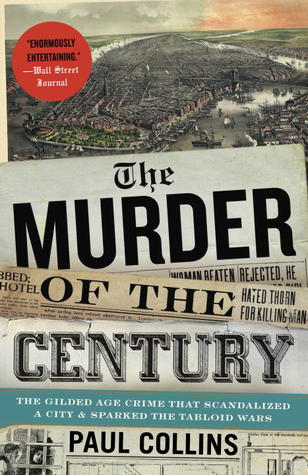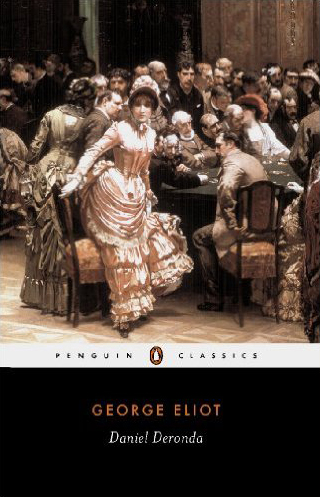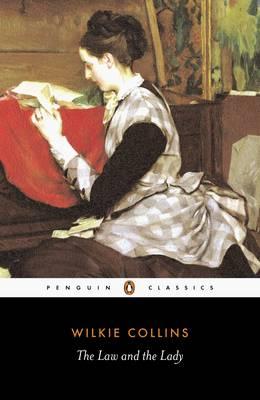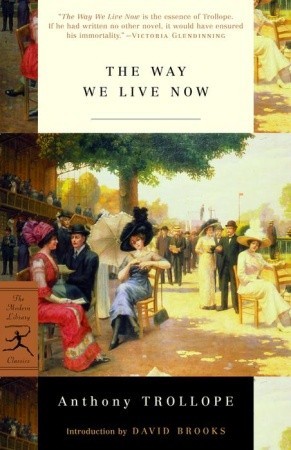What better way to start 2017 than with a book blog about an entertaining piece of true crime that details a sensational murder that took place in New York in the summer of 1897, the same season and year that The Angel of Darkness was set—and indeed, that even inspired one of the fictional murders described in the novel. Described as “riveting” by The New York Times, this has been one of the most atmospheric pieces of true crime set in late 19th century New York that I have read to date. Provided one reads this work with both the strengths and weaknesses of this genre in mind (see below), I highly recommend this to readers of the Alienist books.
What’s it about?
A group of boys cooling off on a scorching summer afternoon in 1897 find a large parcel wrapped in oilcloth floating in the East River. Thinking they’ve made a fortunate find—it might be farm goods from Brooklyn—they eagerly unwrap the package, only to make a gruesome discovery: a headless human torso, arms still attached. The following day, a father taking his sons blueberry picking in the woods near Harlem also discovers a parcel wrapped in oilcloth. The contents of this one? The lower quadrant of a man, cut off at the thighs and waist. Meanwhile, a Long Island farmer’s ducks become sick after swimming in water turned red with blood.
The police investigating the find at the East River pier are convinced the perpetrators are medical students and make no further enquiries, even falsifying the patrolman’s report. It takes an exiled detective—one of Byrnes’ old men—to identify the grisly finds as a homicide case. However, as he starts to investigate the first few leads, he discovers that he is not the first to have made enquiries: enterprising reporters from the battling sensational newspapers of the Telegram, Herald, and World got there before him. The Murder of the Century documents the race to solve the crime and the sensational publicity circus surrounding the eventual trial, highlighting how the tabloid wars of the Gilded Age forever changed the face of newspaper journalism.
My thoughts
For years I’ve been looking for a piece of crime fiction as entertaining and evocative of late 19th century New York as the Alienist novels. The search has, by and large, been in vain. Although many attempts have been made, I have always felt that the Alienist books have been flagships in this genre that no others have quite lived up to. Given that The Murder of the Century is a work of nonfiction that I picked up simply to learn more about a real murder mentioned briefly in The Angel of Darkness, I little thought that I would find a contender here. You can therefore imagine my surprise when I started reading and found myself experiencing a similar feeling to what I’d felt back when I first picked up The Alienist.
Now, before I continue: a word of warning. The Murder of the Century belongs to a genre known as creative (or narrative) nonfiction. For anyone unfamiliar with this genre, it is nonfiction written in the style of fiction. The writing is compelling and dialogue is often included as full conversations. Even though works of this genre aim to create a factually accurate narrative, I acknowledge that this form of nonfiction has more pitfalls than any other. After all, if one is writing scenes from history as though they belong in a novel, does that not blur the line between fiction and nonfiction? However, provided that the research is thorough and the writer is careful—and that is certainly the case here where every source has been meticulously referenced—certain subjects do lend themselves to this genre. In this case, author Paul Collins notes:
The tremendous press coverage of this affair, with sometimes more than a dozen newspapers fielding reporters at once—not to mention the later memoirs of its participants—allowed me to draw on many eyewitness sources. All of the dialogue in quotation marks comes directly from conversations recorded in their accounts, and while I have freely edited out verbiage, not a word has been added.
Of course, this very strength potentially raises another issue. Specifically, given that this was the era of “yellow journalism”—and indeed, one of the purposes of this book is to highlight just how popular and competitive this new sensationalist reporting had become, often at the expense of facts—one may wonder just how accurate a work of narrative nonfiction primarily based off such coverage is likely to be. However, Paul Collins does his best to make sure readers are aware of the limitations of these sources, and has supplemented them with “court records and memoirs written by journalists and detectives from the case” as additional primary sources. My own feeling is that provided you approach a work like The Murder of the Century for what it is intended to be while keeping its strengths and limitations in mind, it can still be a thoroughly enjoyable way to gain more knowledge about a subject and time period that you might not otherwise obtain. I think of it in much the same way as TV and movie depictions of historical subject matter, such as HBO’s lauded John Adams adaptation from 2008. While the best of these adaptations attempt to portray their historical subject as accurately as possible, they are nonetheless a visual form of creative nonfiction.
In my own case, I feel that The Murder of the Century’s strength lies with its extremely atmospheric descriptions of New York in 1897. I suspect this is why it evoked the same sort of feeling I had originally experienced when reading The Alienist or The Angel of Darkness. We are there with the boys on the pier when they make their original gruesome discovery. A portrait of the grisly morgue at Bellevue is drawn for us as effectively as if we had been standing beside the slab on which the torso had been placed. And we spend a considerable period of time inside John Schuyler Moore’s world of journalism at the turn of the century. It is in this way that the book reads like the Alienist books, and is the primary reason that I recommend it to readers like myself who have tried, but failed, to find similarly atmospheric books set in New York in the late 19th century.
The other attraction for Alienist readers is the case The Murder of the Century focuses on. In Chapter 4 of The Angel of Darkness, Stevie and Cyrus collect the Isaacson brothers from a crime scene at Cunard pier. A group of boys who have been swimming to cool off found (you guessed it) a torso wrapped in oilcloth floating in the Hudson. While the case the Isaacsons are investigating is fictitious (it took place six days earlier, was found in the Hudson River rather than the East River, and the arms were removed from this torso), it was clearly inspired by the real case detailed in The Murder of the Century. In addition, one of the suspects in The Murder of the Century will likely be of interest to anyone who enjoyed The Angel of Darkness, as will the sensational trial described in the second half of the book; but to say more would give too much away.
So, if you are in the mood for a read that will take you back to the New York City described in the Alienist books, would like to learn more about John Schuyler Moore’s world of journalism in the late 19th century, or are at all curious to learn more about the real crime that inspired The Angel of Darkness’ fictitious torso case, The Murder of the Century might just be the book you’re looking for.




